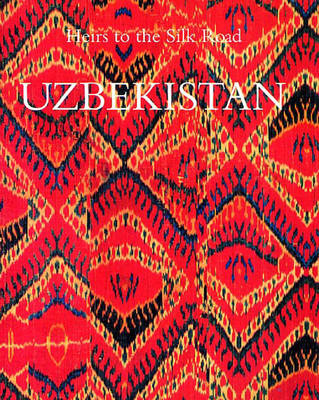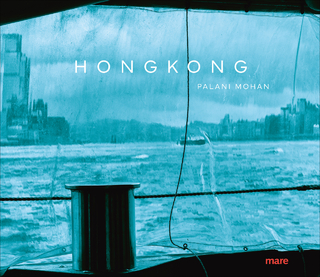
Uzbekistan: Heirs to the Silk Road
Seiten
2003
Thames & Hudson Ltd (Verlag)
978-0-500-97621-0 (ISBN)
Thames & Hudson Ltd (Verlag)
978-0-500-97621-0 (ISBN)
- Titel ist leider vergriffen;
keine Neuauflage - Artikel merken
Since its rediscovery by European explorers and travellers in the 19th century, the Silk Road has lost nothing of its fascination. It continues to evoke images of heavily laden caravans crossing endless deserts, steppes and mountain ranges to reach the markets of wealthy oasis towns. From the second century BC, this network of merchants' routes, well over 4,000 miles long, linked China and the Roman Empire. It served the trade of luxury goods, notably silk, and stimulated the spread of ideas of religion, culture and art. The young republic of Uzbekistan, with its ancient urban cultural centres of Bukhara, Chiwa and Samarkand, is the heartland of the Silk Road.
The artistic and cultural history of the region, through more than two millennia, is represented here in four main sections: Transoxiana from the fourth century BC to the arrival of Islam in the eighth century AD; Central Asia as a cultural and political centre of Islam in the eighth century until the fall of the Timurid empire at the beginning of the sixteenth century; Turkestan at the time of the Uzbek-dominated khanates from the sixteenth century up to the Russian conquest and Russian Revolution; and Uzbekistan from Soviet rule until after the establishment of sovereignty. The evolving history of the region is clearly explained in the context of its complex geography, together with analyses of the architecture, the art of the book, Islamic arts and crafts, and the rich variety of textiles of the region. Uzbekistan's cultural history is illustrated with pictures of archaeological finds and ethnographical objects from European and Uzbek museums and private collections, many published here for the first time.
The artistic and cultural history of the region, through more than two millennia, is represented here in four main sections: Transoxiana from the fourth century BC to the arrival of Islam in the eighth century AD; Central Asia as a cultural and political centre of Islam in the eighth century until the fall of the Timurid empire at the beginning of the sixteenth century; Turkestan at the time of the Uzbek-dominated khanates from the sixteenth century up to the Russian conquest and Russian Revolution; and Uzbekistan from Soviet rule until after the establishment of sovereignty. The evolving history of the region is clearly explained in the context of its complex geography, together with analyses of the architecture, the art of the book, Islamic arts and crafts, and the rich variety of textiles of the region. Uzbekistan's cultural history is illustrated with pictures of archaeological finds and ethnographical objects from European and Uzbek museums and private collections, many published here for the first time.
| Erscheint lt. Verlag | 24.2.2003 |
|---|---|
| Zusatzinfo | 712 illustrations, 437 in colour |
| Verlagsort | London |
| Sprache | englisch |
| Gewicht | 300 g |
| Themenwelt | Kunst / Musik / Theater ► Kunstgeschichte / Kunststile |
| Reisen ► Bildbände ► Asien | |
| Geisteswissenschaften ► Geschichte ► Regional- / Ländergeschichte | |
| ISBN-10 | 0-500-97621-X / 050097621X |
| ISBN-13 | 978-0-500-97621-0 / 9780500976210 |
| Zustand | Neuware |
| Haben Sie eine Frage zum Produkt? |
Mehr entdecken
aus dem Bereich
aus dem Bereich
Forschungsexpeditionen zu den spektakulärsten Orten der Erde
Buch | Hardcover (2023)
Prestel (Verlag)
CHF 64,90


